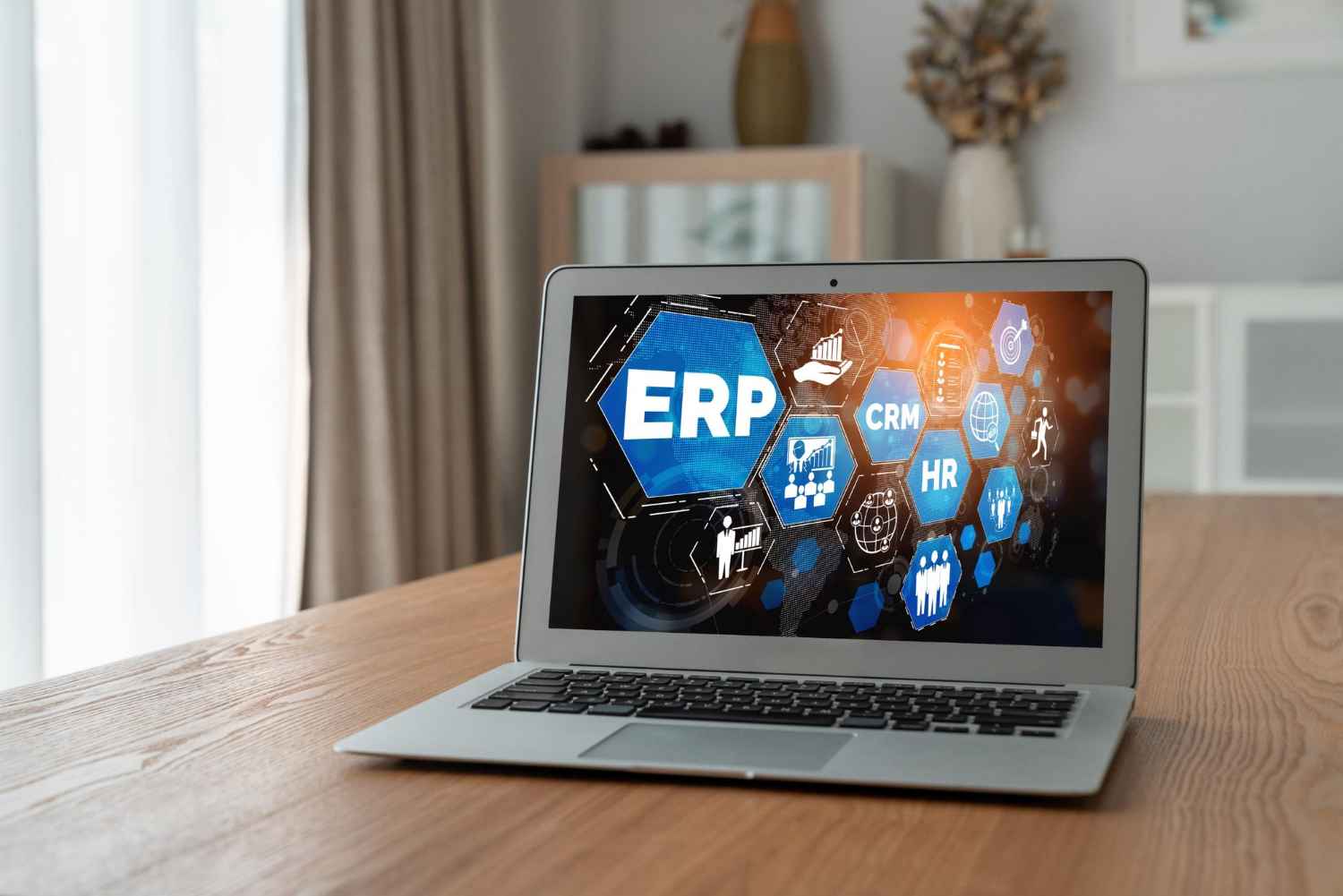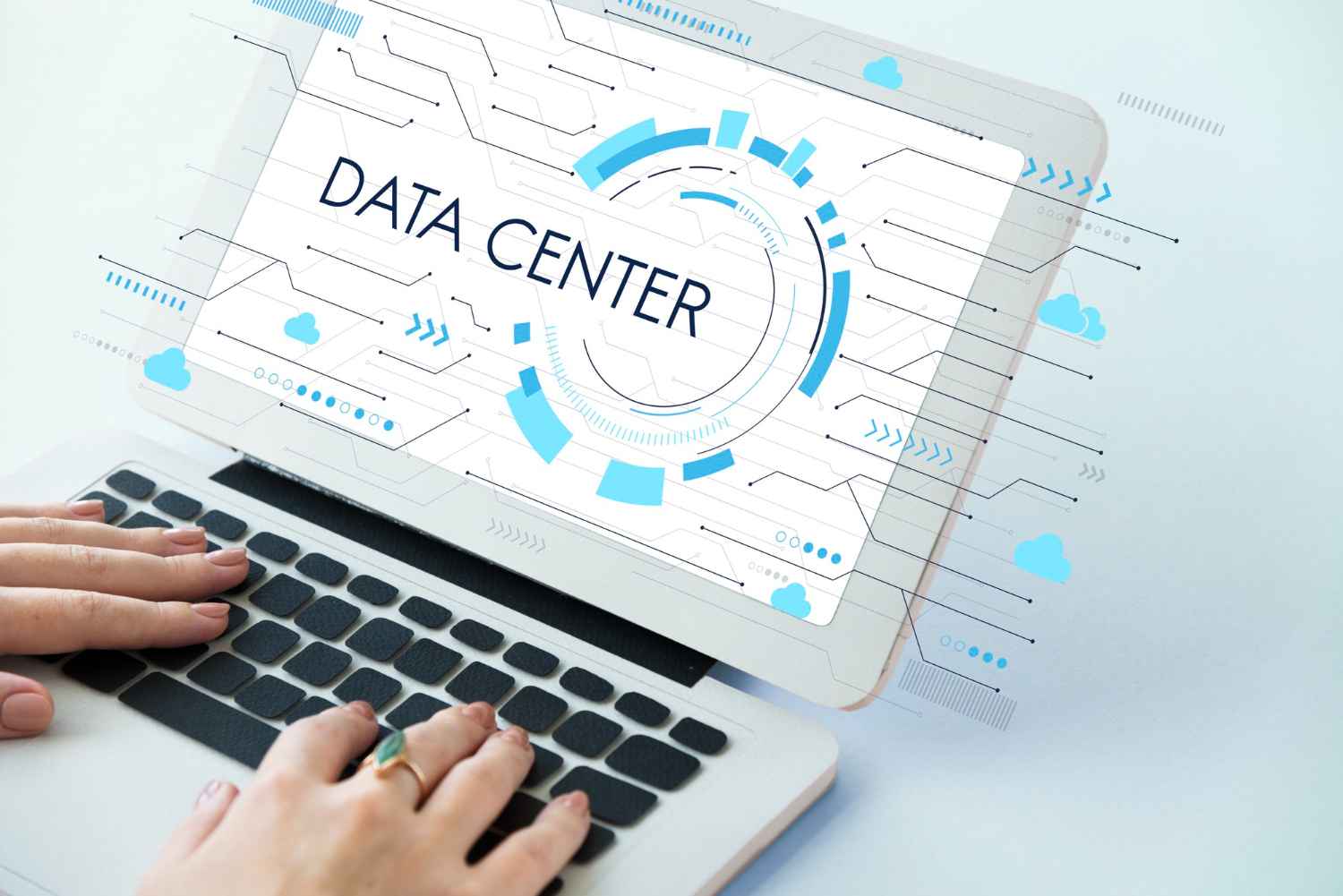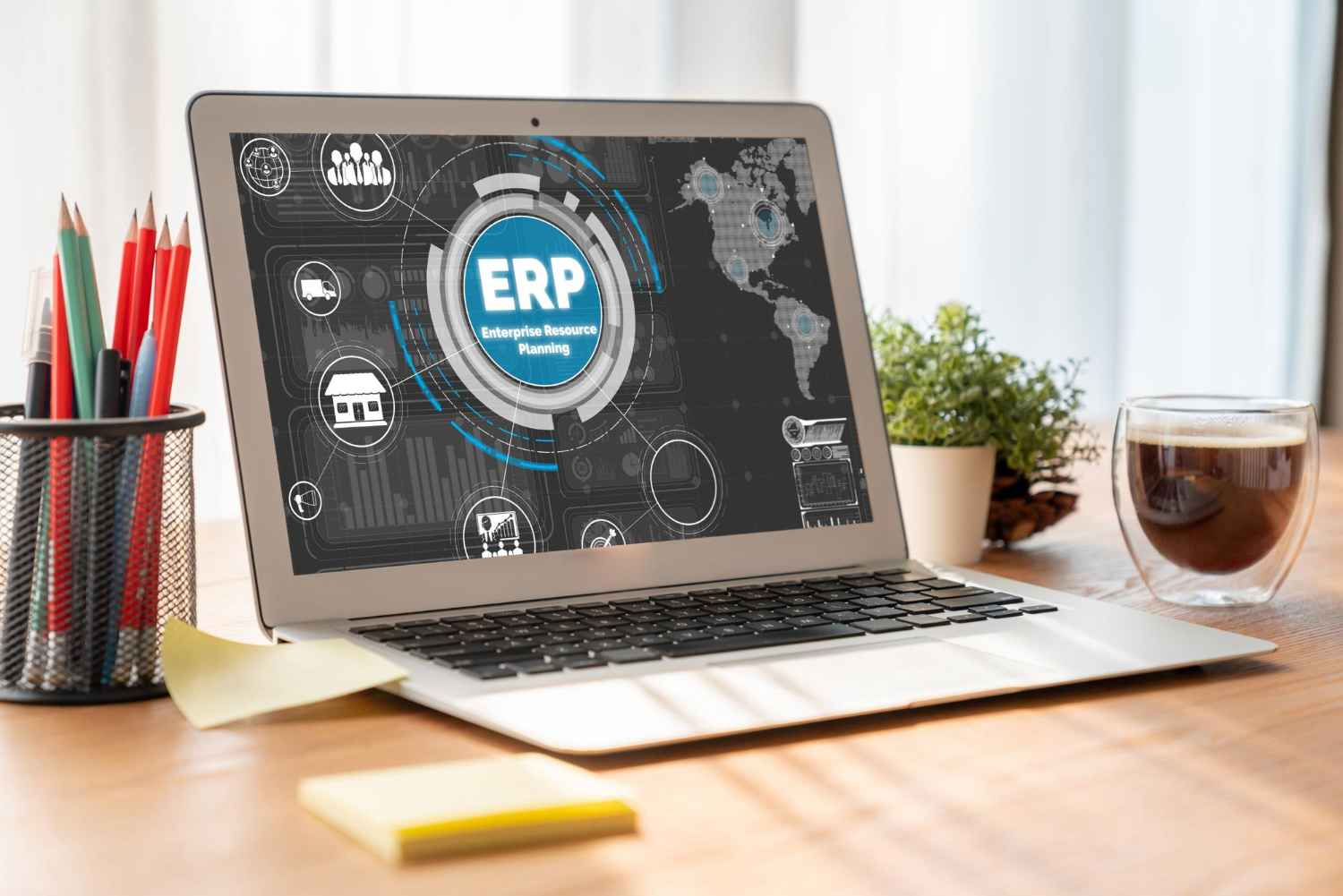What Are The 8 Steps For Successful ERP Implementation?
Things usually go wrong if ERP system implementation is not properly planned. A recent study by SoftwareSuggest found that about 50% of ERP implementations fail on the first try due to insufficient testing.
The challenges of ERP implementation that cause implementation failure will disrupt and even paralyze the entire business operations.
But with the right approach, you don’t have to become another case of ERP implementation failure.
Creating a checklist for you and your team is a great way to ensure you never miss any important factors to consider for smooth and successful ERP implementation.
This gives your team peace of mind and confidence the new ERP implementation can be completed on time and within budget which also delivers the expected functionality.
In this blog, we will give you a clear list of steps for successful ERP implementation.
8 Steps For Successful ERP Implementation
Set specific business goals
Choose a right ERP system
Create data migration plan
Test system before deployment
Implement end-user training program
Go live with new ERP system
Measure success of ERP implementation
Get ongoing support constantly
 Set specific business goals
Set specific business goals
“What do we want to achieve with this ERP implementation?”.
This question will guide you in defining specific, measurable, attainable, relevant, and time-bound (SMART) goals. It helps you to gain a clear idea of what you can get and be able to track progress along the way.
And, don’t forget to involve the key players from your company in this process to ensure everyone’s needs are taken into consideration. This ensures your ERP system is configured to meet the specific needs of your organization, delivering real value to your business.
Once you have set these goals, establish a realistic timeline and budget for each phase of ERP implementation. This keeps your project on track effectively and ensures it stays on schedule and within budget.
In short, setting specific business goals is the foundation of a successful ERP implementation.
 Choose a right ERP system
Choose a right ERP system
Not all ERP systems are made equal to deliver the same benefits. What works for one company might not be the best fit for your business.
That is why we define the goals at the very first step to figure out what exactly your business needs and what you expect in your new system. This helps you to make an informed choice about which ERP system can cater to your business needs.
You should also think about the scalability of ERP system. As your business is always changing, so you need to choose an ERP system that is flexible enough to grow with you and adapt to the workflow changes.
So, investing in the right ERP system is crucial. (See why Odoo is the right ERP system for you.)
Only the right ERP system can tackle your current business pain points, create room for new opportunities, and support long-term growth even in a rapidly changing market.
 Create data migration plan
Create data migration plan
If data migration is done correctly, it can set the foundation for the rest of the implementation step to be a success; If not, your business operations might run into problems very quickly.
You don’t want to bring unwanted data to the new ERP system. So, you should start with data cleaning, filtering off all the outdated, messy, and duplicate data.
Then, arrange the data sets and map them out so that everything can be transferred efficiently from the old system to the new one. This will ensure that critical information is readily available in the new system, minimizing any disruption to your business during the transition.
With a well-planned data migration strategy, you can avoid any data loss and corruption to keep your business operations running smoothly.
 Test system before deployment
Test system before deployment
Before ERP system goes live, it is crucial to ensure it is ready to launch without any hiccups.
Thus, adequate testing (unit testing, process testing, integration testing, and user acceptance testing) is a must to ensure ERP system is operational after configuration, customization, and integration.
From there, you can identify and fix any unforeseen bugs, performance issues, and functionality gaps before it is too late.
It is also good to get different perspectives to validate all functions are running as planned. So, involving both technical and end-users to evaluate the system’s performance is highly recommended.
 Implement end-user training program
Implement end-user training program
Maximizing the benefits of your new ERP system is all about having a well-trained workforce. That’s why an end-user training program is so necessary!
To ensure every user fully understands all the new features and how to use them, you should customize the training to each specific role in your company.
This makes it easier for all users to familiarize themselves with various features and become proficient when using them for their daily tasks.
During training, they will also learn how to handle any potential issues in each module of ERP system. They have also given an opportunity to offer feedback to identify the common roadblocks and outline a strategy to address them.
By improving user adoption, you will see a decrease in downtime and a boost in overall productivity with a well-rounded training program.
 Go live with new ERP system
Go live with new ERP system
Going live with a new ERP system is an exciting time, but it is also important to be well-prepared before making the switch.
Before the go-live date, tell your employees about the timeline and what to expect during the transition, preparing them for any potential disruptions.
It is also a good idea to roll out the new system in phases, so you don’t overload your servers from the get-go and confirm your system can handle increased capacity.
On the go-live day, keep an eye on the network performance constantly to make sure everything is functioning well. To keep your data safe, you also have to conduct routine system backup in the early post-launch stage.
By doing all these, you can make the transition smoother and minimize the negative impact on business operations.
 Measure success of ERP implementation
Measure success of ERP implementation
How can you tell the investments you made in the new ERP system have paid off?
The key is to compare results before and after ERP implementation.
Here are some examples of KPIs to measure success of ERP implementation:
User adoption: How well are end-users using the new system and how much training and support was needed?
Business process efficiency: Did the new system save time and increase productivity?
Data accuracy: Is your data more accurate now than before the implementation?
Return on investment (ROI): Did you see a return on the money you spent on ERP implementation?
Sales performance: Has there been a difference in conversion rates and average order value before and after the implementation?
Customer experience: Is the customer retention rate increase after ERP implementation?
By tracking these KPIs, you can see if the ERP implementation was successful or had fallen short. This helps you to identify areas for improvement and ensure that future ERP implementations are even more successful.
 Get ongoing support constantly
Get ongoing support constantly
An ERP system is not a one-time project but an ongoing process of improvement.
Your business is always changing, so your ERP system needs to adapt to these changes as well. That is why ongoing support is necessary to keep the ERP system at peak performance level.
Even with the best training and the smoothest ERP implementation, there may still be questions or technical issues that come up. This is why having a team ready to provide ongoing support to answer any questions and fix bugs immediately is so important.
At Onnet Consulting, we understand the importance of real-time ongoing support and provide a dedicated support team to ensure your teams can fully adopt and utilize the new system.
Bringing a new ERP system on board is hard, but ensuring successful ERP implementation is even more challenging. Don’t worry!
With a little bit of effort and assistance from the right experts, it can be a total success for your business. You can use our ERP implementation checklist as your guide to make the transition as smooth as possible.
Don’t hesitate to reach out to us if you have any concerns - we are always ready to help you avoid any ERP implementation failure.